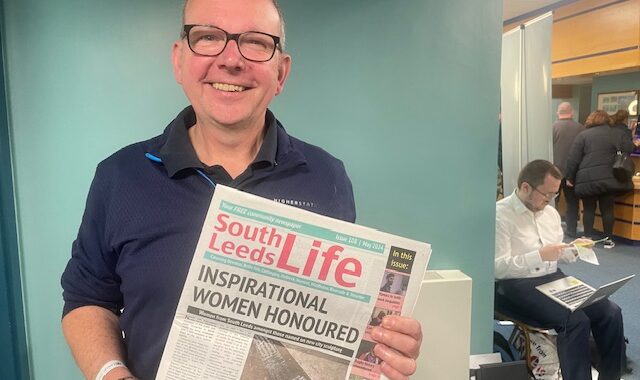Three days in and the complexities and potential of this country start to form more clearly for me. History is everywhere. Independence from South Africa in 1990 and the apartheid and liberation struggle that proceeded are still fresh in everyone’s mind and forms the context for so much. The new Namibia adopted a constitution, which includes freedom of expression and of the press and which aimed to include all ethnic groups. It adopted English as the official language and became part of the Commonwealth.
The University of Namibia was established shortly after independence under the leadership of the first Vice Chancellor, Peter Katjavivi, who had been the UK representative in exile for SWAPO during the guerilla war against South Africa as well as an academy. UNAMs development seems part of the major exercise of national building that has been going on here since. Everywhere we go there is a drive to build and improve, a tremendous welcome and enthusiasm and recognition of how challenging this often is.
 Today is focused on the Phoenix Project and the work that Judith and Nicola are setting up here. We started with the signing of a Memorandum of Understanding between UNAM and Cardiff University. Prof Lazarus Hangula, UNAM’s Vice Chancellor asks all the Deans in turn for what they hope to achieve from this five-year collaboration, which forms part of our own University’s strategy and engagement program.
Today is focused on the Phoenix Project and the work that Judith and Nicola are setting up here. We started with the signing of a Memorandum of Understanding between UNAM and Cardiff University. Prof Lazarus Hangula, UNAM’s Vice Chancellor asks all the Deans in turn for what they hope to achieve from this five-year collaboration, which forms part of our own University’s strategy and engagement program.
The Dean and Sub Dean of Namibia’s new Medical School are especially keen to establish links. This country needs more home-grown doctors, nurses and pharmacists. With the Government investing heavily in developing a new medical school, there is an urgent need to build a curriculum which covers essential specialisms such as anaesthetics – Judith’s area. They are also eager to build capability in health communications, digital journalism and support for minority language teaching and translation.
We go on to the public hospital in Katutura to see how this need manifests itself. Built by the South Africans 40 years ago, it’s an 800-bed high-rise concrete building. Outside are lines of people including a number of Herero women with their distinctive Victorian, petticoated dresses and ‘horned’ turbans. Inside it is much quieter than a similar teaching hospital in the UK. This is not because of lack of need. Mortality and morbidity rates in Namibia are high. This morning’s edition of The Namibian, an editorially independent newspaper read by about a quarter of the population, reports census statistics showing 44 infant deaths per 1,000 births. Life expectancy is 53 years for men and 60 for women.
The doctor in charge seems to me to be shockingly young, very competent and business-like and under huge pressure. It becomes clear that the lack of anaesthetists means that the well equipped operating theaters cannot be used to anything like their capacity. Clear too that there is very little authoritative information that would help people understand their own health needs. Practical support to build capacity and improve services is hugely valued. Several times, University staff make it clear that their priority is to ensure that what they do has a positive effect for Namibian people and for the development of their country. A true agenda of impact.
That evening we meet Peter Katjavivi and his wife Jane, who comes originally from England and who now works at UNAM Press. Both were involved in the anti apartheid and independence struggle. Both know about Wales and about leading political figures here as a result of the support they had then and afterwards, when Peter was Namibian ambassador to the EU. As Chief Whip for the ruling SWAPO part and as a very supportive former Vice Chancellor, he is keen to support this project in a tangible way.




